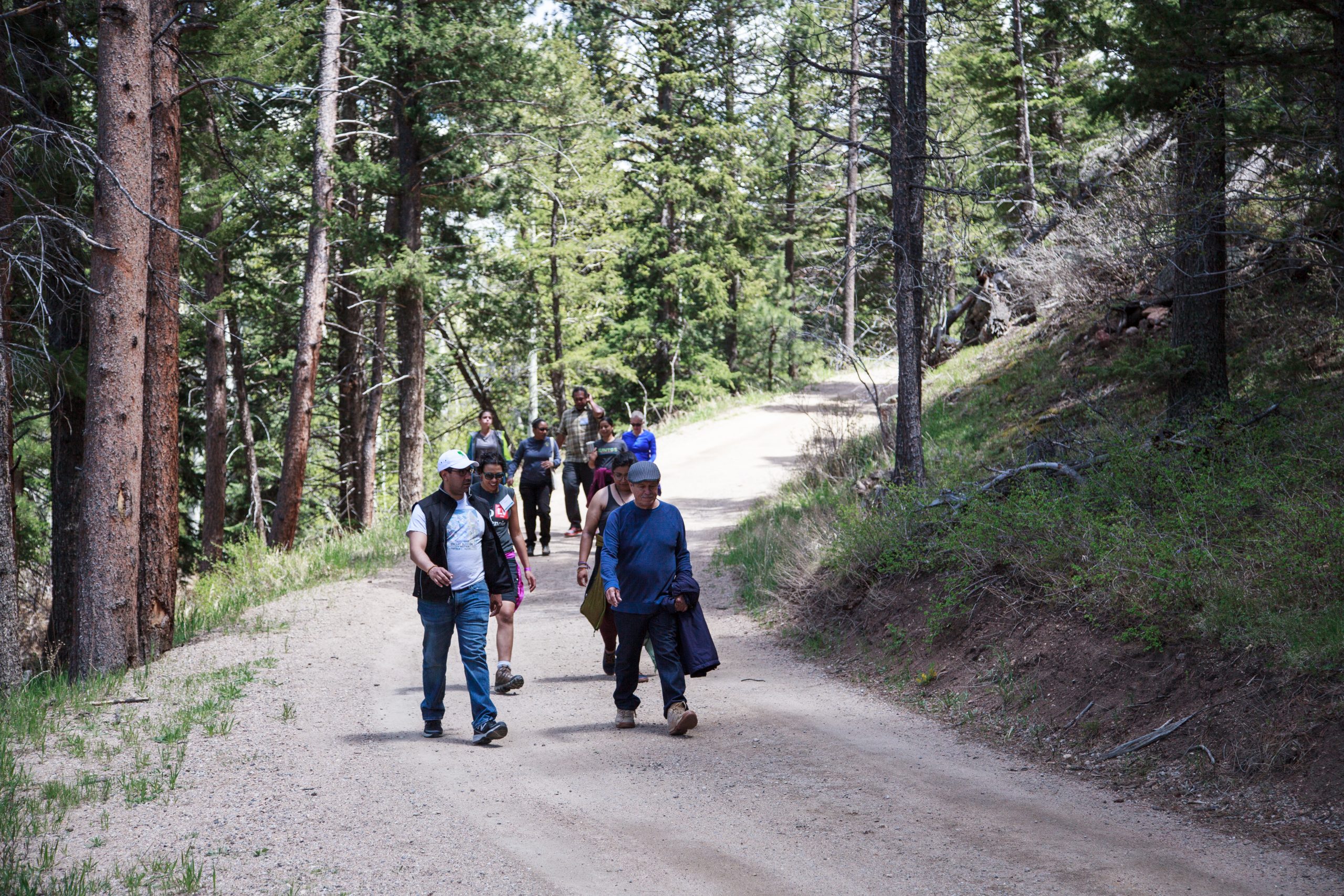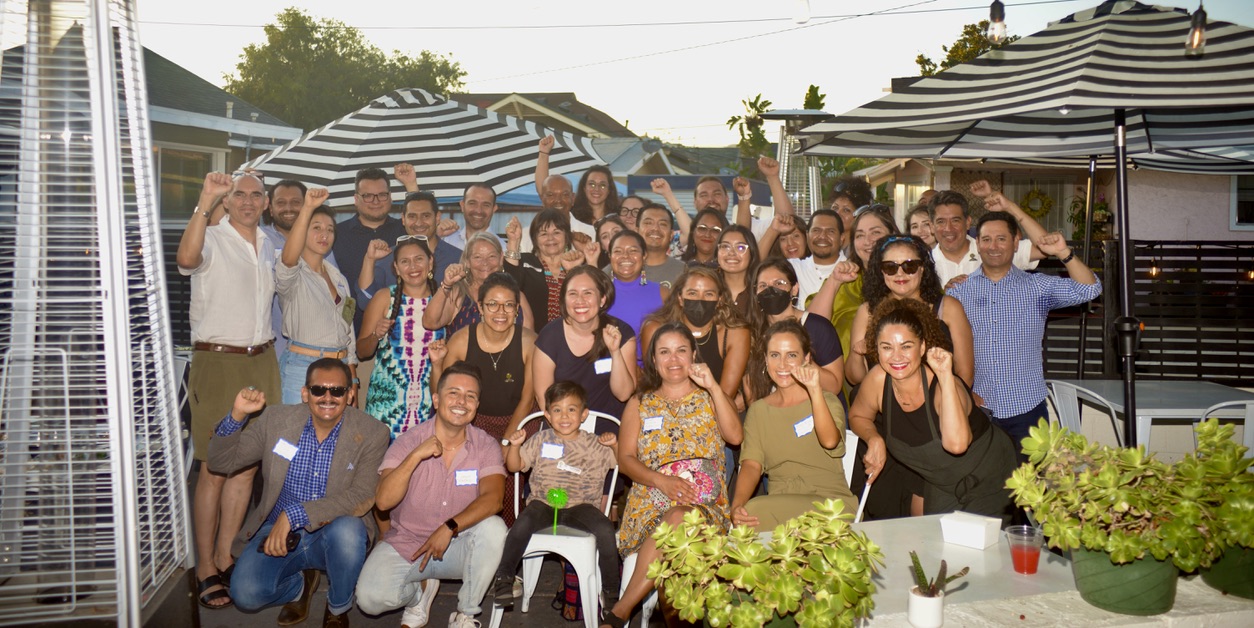Summer Blog Series: Overview and Things to Know About Extreme Heat in Latino Communities
This summer, Latino communities across the United States are experiencing an increase in extreme heat events, characterized by temperatures exceeding the usual average. This week, a heat wave is scorching Southern states, bringing with it record-breaking temperatures and taking a toll on people’s health and the local economy. As the climate crisis worsens, heat waves are escalating in duration, intensity, and frequency. This is occurring because greenhouse gasses are emitted into the atmosphere from burning fossil fuels, leading to an increase in trapped heat energy and the rise in average temperatures.
Communities of color, in particular, face heightened vulnerability to extreme heat. According to the Environmental Protection Agency (EPA), Latinos in the U.S. are more likely than non-Hispanic Whites to experience heat waves as well as other climate impacts. A study published in the National Library of Medicine also found that compared to non-Hispanic Whites, Latinos are 21% more likely to live in areas prone to urban heat island effect, which occurs when there is a large number of surfaces like roofs, roads, sidewalks in high density environments that absorb and retain heat. Urban areas can experience temperatures up to 22°F hotter than in neighboring suburban and rural areas.
Vulnerable populations
Outdoor workers
The outdoor workforce, which includes farmer workers, first responders, construction workers, and utility workers, plays an essential role in the functioning of our daily lives. Latino individuals are particularly overrepresented in the outdoor workforce and more likely to face disproportionate safety risks from working under extreme heat conditions. An estimated 78% of farmworkers in the United States identify as Hispanic. Exposure to extreme heat can lead to severe heat-related illnesses, including heat exhaustion and heat stroke which can be fatal. The likelihood of premature death is significantly higher for outdoor workers in the United States, as they are up to 35 times more susceptible to heat-related fatalities compared to the general population.
Children
When temperatures rise, the learning process for Latino children is stifled. One study found that students of color score significantly lower on tests when temperatures surpass 80°F. These findings suggest that climate impacts like extreme heat can influence educational attainment, development of cognitive skills, and potentially play a crucial role in determining future economic mobility.
Pregnant Individuals
Pregnant individuals and their infants face heightened vulnerability to extreme heat. The elevated temperatures increase the chances of preterm labor, low birth weight, and pregnancy loss. Pregnant individuals also face an increased likelihood of dehydration, which subsequently impairs their ability to regulate body temperature effectively through sweating. The risk to Latino mothers and their children only increases if they lack access to healthcare, as it hinders their ability to treat and prevent illnesses that can be triggered or worsened by extreme heat.
Energy-insecure households
According to data from the Hispanic Access Foundation, approximately 30% of Hispanic households lack access to air conditioning. Additionally, more than 40% of Latino households experience energy insecurity, which means they struggle to afford the energy needed for heating, cooling, and refrigeration of essential items like food and medicine. This often forces them to make difficult choices between paying their electricity bill during hot days and meeting other basic needs such as food, housing, and medical care.
What can be done now and in the future
Heat-related illnesses
Heat stroke represents the gravest form of heat-related illness. It arises when the body loses its ability to regulate temperature, leading to a rapid increase in body temperature and the failure of the sweating mechanism to cool down the body. Without immediate medical intervention, heat stroke can result in permanent disability or even fatality. For more detailed information on how to identify and treat heat-related illnesses, visit the Center for Disease Control and Prevention’s website.
Cooling Centers
During extreme heat events, cooling centers are crucial for individuals without adequate cooling in their homes or experiencing homelessness. Locating and accessing these centers can vary by state and county. Contacting a state's 2-1-1 helpline and checking local news outlets are effective ways to find cooling center information. State 2-1-1 services provide specific resources for extreme heat, including the availability and location of Extreme Heat Cooling Programs at the county or city level.
Policy Action
Enhancing energy efficiency can alleviate pressure on the power grid, while incorporating energy sources such as wind and solar power can enhance capacity without adding greenhouse gas emissions. In addition, improving public health outreach and providing additional cooling resources and education, particularly in vulnerable neighborhoods, can help mitigate the most severe human consequences. By effectively warning people and offering assistance during such events, nearly all heat wave damages, especially in terms of health, can be prevented.




